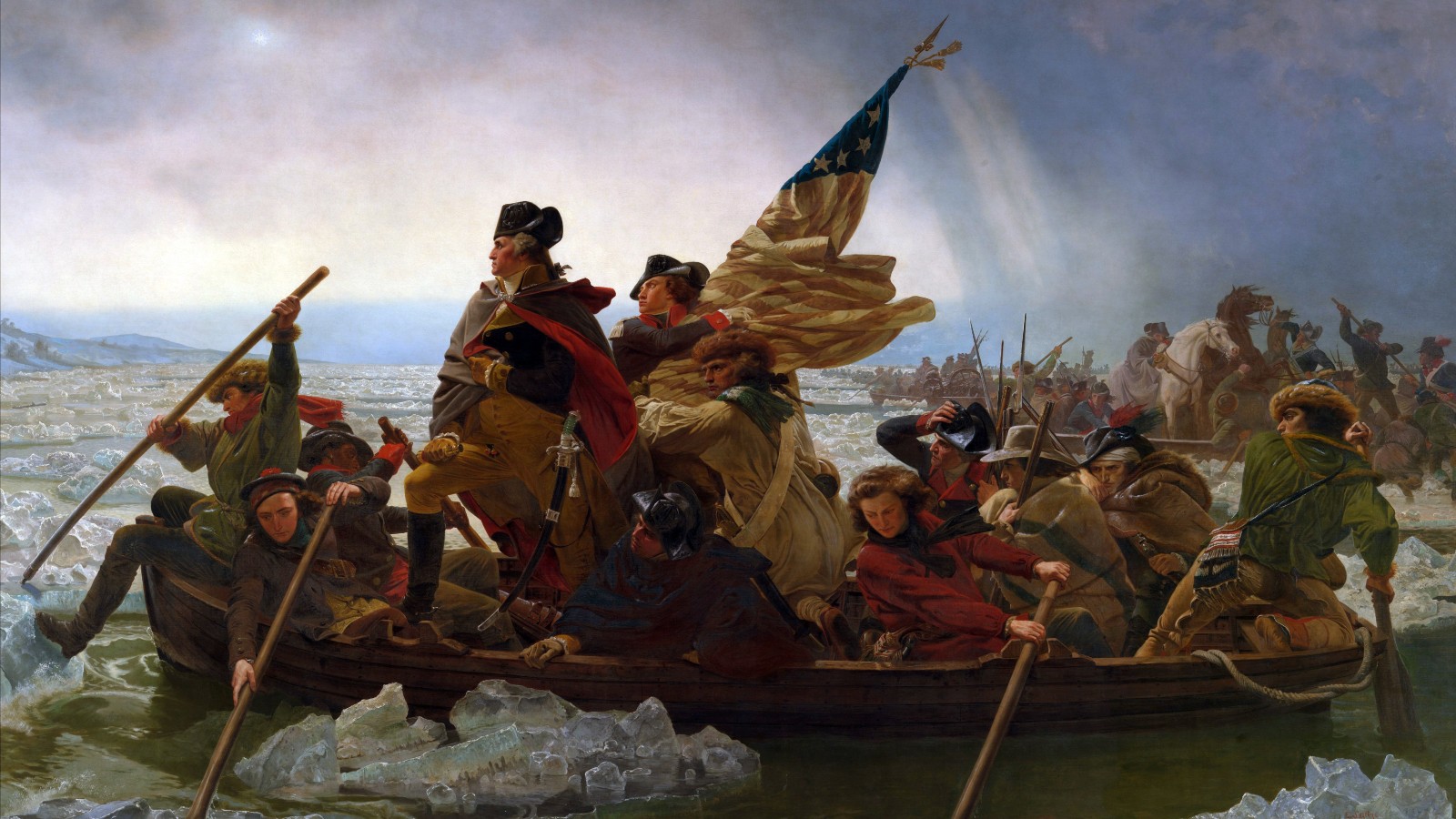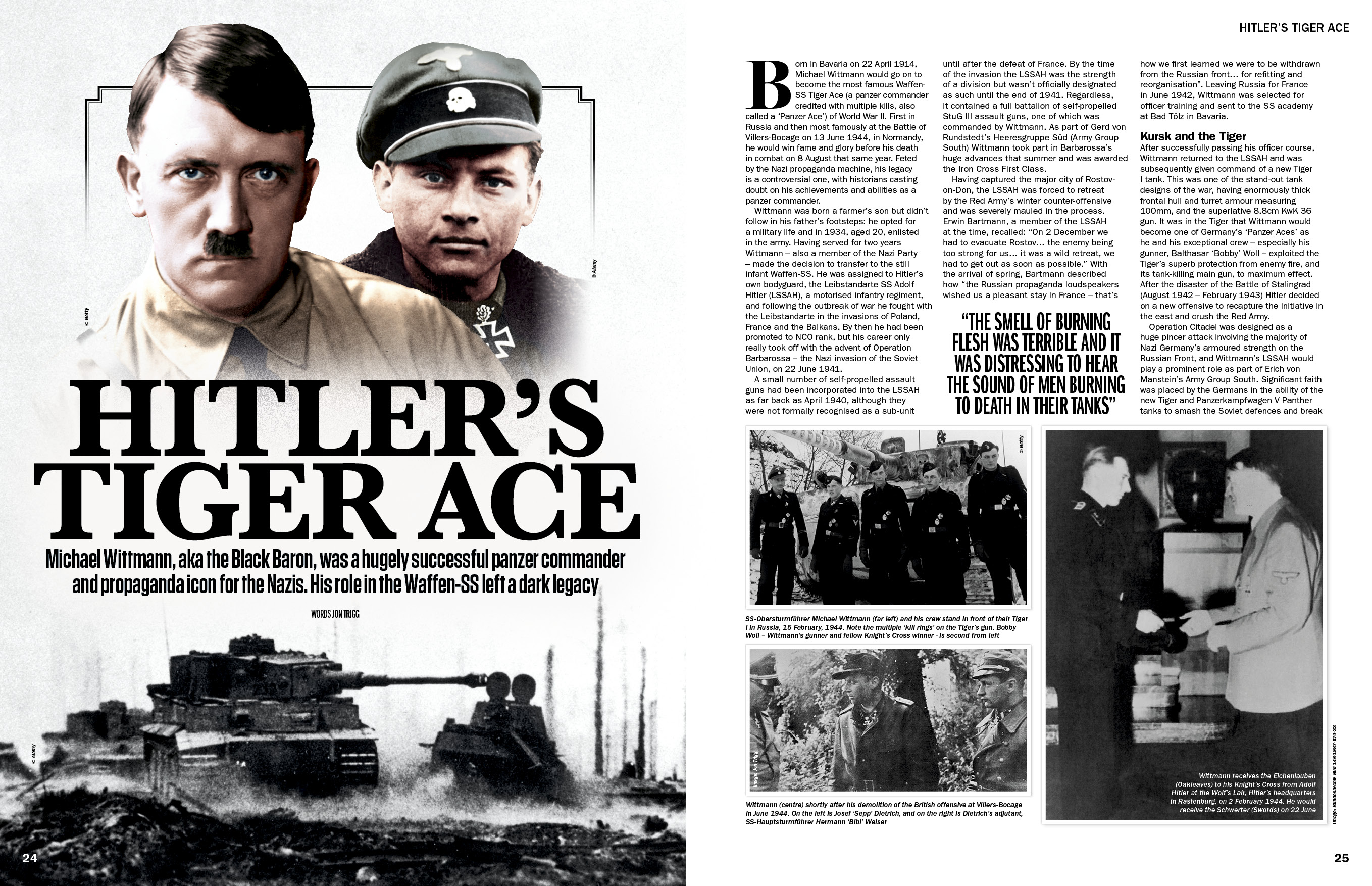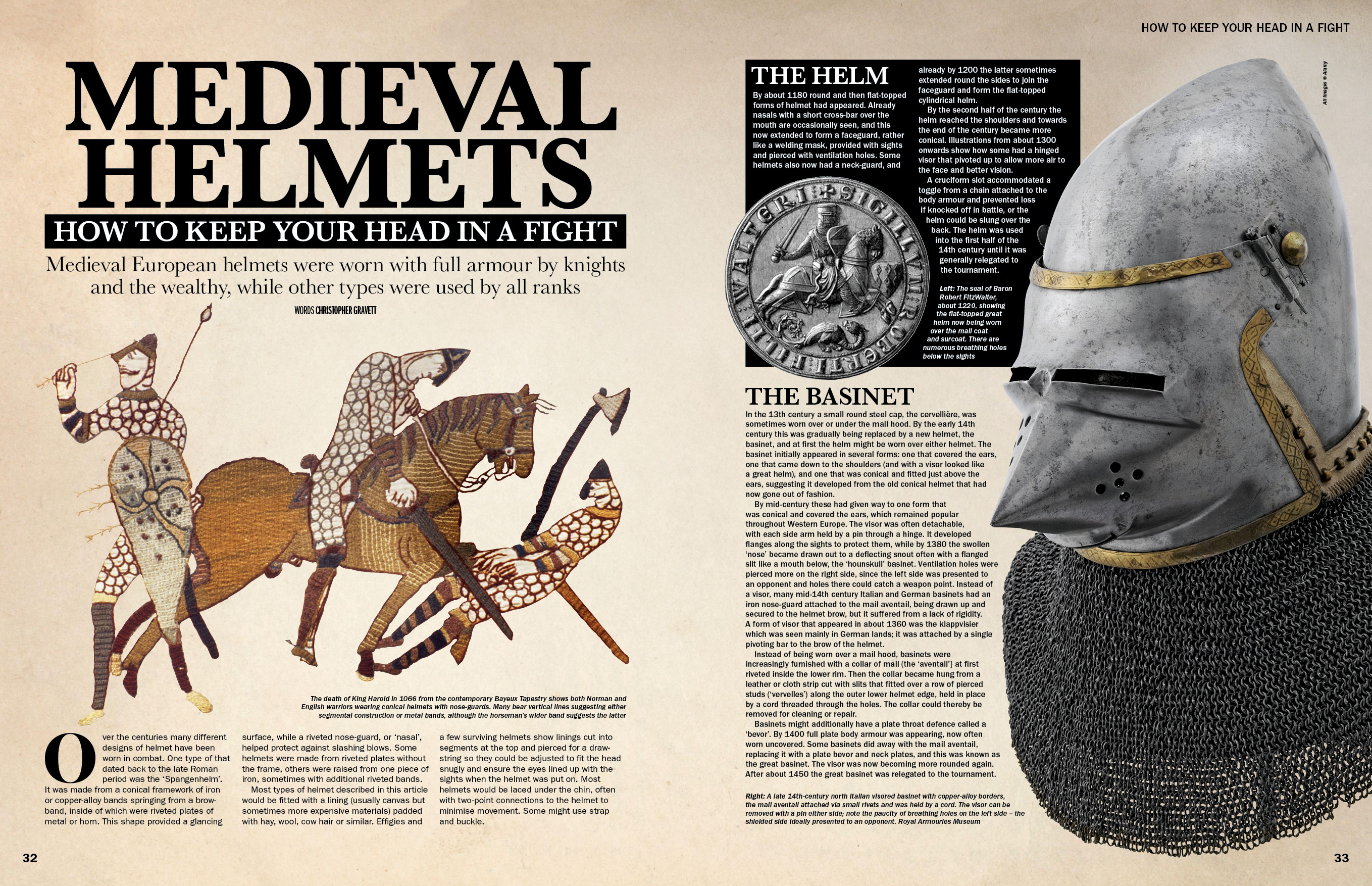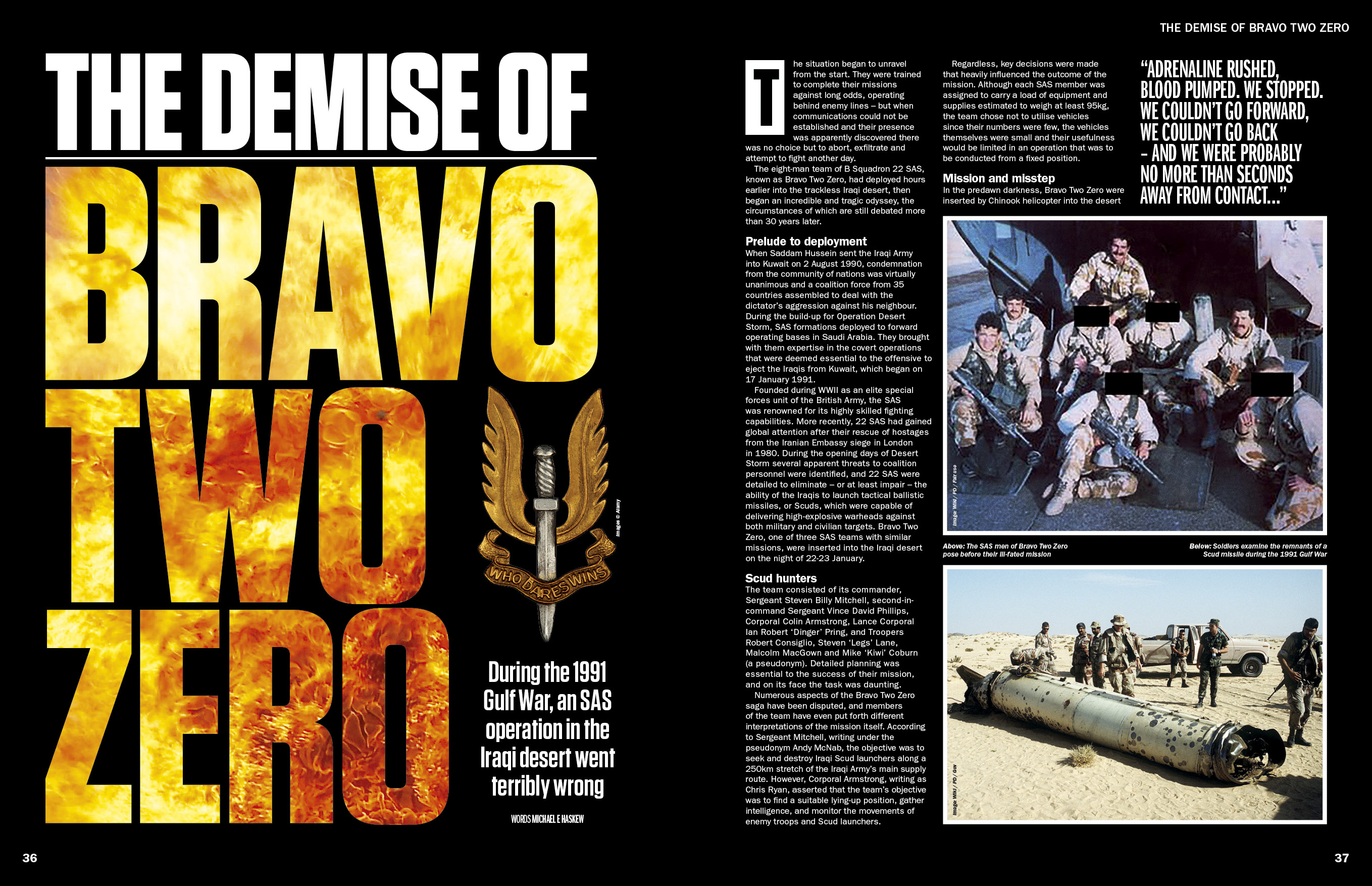Did the Redcoats teach George Washington how to fight?
Inside the latest History of War: How the first president and Founding Father learned the art of command while serving with the British.

Inside History of War magazine issue 104, historian David Smith looks at the early military career of George Washington — America's first president and commander in chief.
He reveals how Washington learned the strengths and weaknesses of the British Army while serving the King in battle against the French and Native Americans. Smith also recounts how while Washington's role during the Revolutionary War was critical to defeating the British, his leadership did not go unchallenged, and in fact faced several crises on the path to victory.





Elsewhere in History of War magazine, you can find a blow-by-blow account of the Battle of Plataea, 479 B.C. This ancient showdown saw a Greek alliance face off against an invading army of Xerxes, the Persian king who crushed the 300 Spartans at Thermopylae. At Plataea the Spartans, and their Athenian allies, took their chance to not only exact revenge on the Persians, but also save Greece from total conquest
Related: Read a free issue of History of War here
Issue 104's cover feature recounts the rise and fall of Hitler's most lauded so-called 'panzer ace' — Michael Wittmann. Known as the 'Black Baron', after the famous WWI pilot ace Manfred von Richthofen, Wittman's alleged skill as a panzer commander is nonetheless overshadowed by his role in the Waffen-SS division Leibstandarte SS Adolf Hitler.
Take a look below for more on a few of our big features in issue 104.
How Washington learned to fight

Washington's military education began when he served as a regional militia adjutant, and in 1753 he was given the important task of warning the French against constructing forts on land claimed by Virginia. This mission, known as the Allegheny Expedition, gave Washington something of a reputation, as his account was published and widely read.
Get the world’s most fascinating discoveries delivered straight to your inbox.
His first taste of action was a sobering experience: he was forced to surrender to superior French forces at Fort Necessity in July 1754 in an incident that helped precipitate the French and Indian War. The following year Washington had a front-row seat to a defeat on an entirely different scale.

Become a subscriber to get your copy of History of War magazine delivered straight to your door before it appears in stores and even save money on the usual price — starting at just $3.00 for 3 issues (followed by $28.50 per quarter).
Serving as a special aide to General Edward Braddock, Washington saw how a large, well-disciplined force could be overwhelmed by a smaller number of irregular troops, especially when fighting in heavily wooded terrain.
Braddock had led his 1,450-strong column without incident for three weeks en route to the French-held Fort Duquesne when they were ambushed by less than 800 men — Native American warriors, and French and Canadian irregulars. In the confused fighting that followed, Braddock’s men were comprehensively beaten, giving birth to the notion that irregular frontier fighters would always be superior to inflexible European regulars.
Read the full feature in the latest History of War
Hitler's greatest panzer commander

On the morning of Tuesday, June 13 1944, with only six of his company’s Tigers operational, Michael Wittmann advanced to find the British 7th Armoured Division — the famed Desert Rats — already in possession of Villers Bocage, in Normandy, France. Deciding to attack alone he then fought perhaps the most famous panzer engagement of the war. Leading the British advance was a mixed battlegroup of County of London Yeomanry tanks and mechanized infantry from the Rifle Brigade.
Having taken the village without resistance earlier that morning the British were in the middle of regrouping when Wittmann — himself having been taken by surprise by the British arrival — launched an attack. Ordering the rest of his company to stand their ground he took his own Tiger forward alone. Accounts of the action are disputed but what is clear is that Wittmann caught the British unawares and proceeded to wreak havoc among the stationary tanks, guns and vehicles.
Read more in History of War issue 104
Battle of Plataea: Sparta's revenge

In the summer of 480 B.C., the Great King of Persia, Xerxes, led an immense army and fleet into Europe with the goal of conquering Greece. Fifteen years earlier the Athenians had played a minor part in the five-year revolt of his Greek subjects spread across the western fringe of his Empire and in 490 they had added injury to insult at Marathon by comprehensively defeating a punitive expedition launched by Darius, Xerxes’ father. Darius planned a second expedition in overwhelming force, but this was delayed by insurrection in Egypt and his death in 485. It was Xerxes’ duty as Darius’ successor to execute the plan.
Herodotus, our foremost source for these critical years, puts these words into Xerxes’ mouth in a speech to his council of leading Persians: "If we conquer the Athenians and their neighbours, we shall extend the territory of Persia to the very edge of the earth, even where it joins with God’s heaven." The speech is invented, but it plausibly represents the Great King’s vision and sense of destiny.
Read the full account in this month's History of War

Timothy is Editor in Chief of print and digital magazines All About History and History of War. He has previously worked on sister magazine All About Space, as well as photography and creative brands including Digital Photographer and 3D Artist. He has also written for How It Works magazine, several history bookazines and has a degree in English Literature from Bath Spa University.


